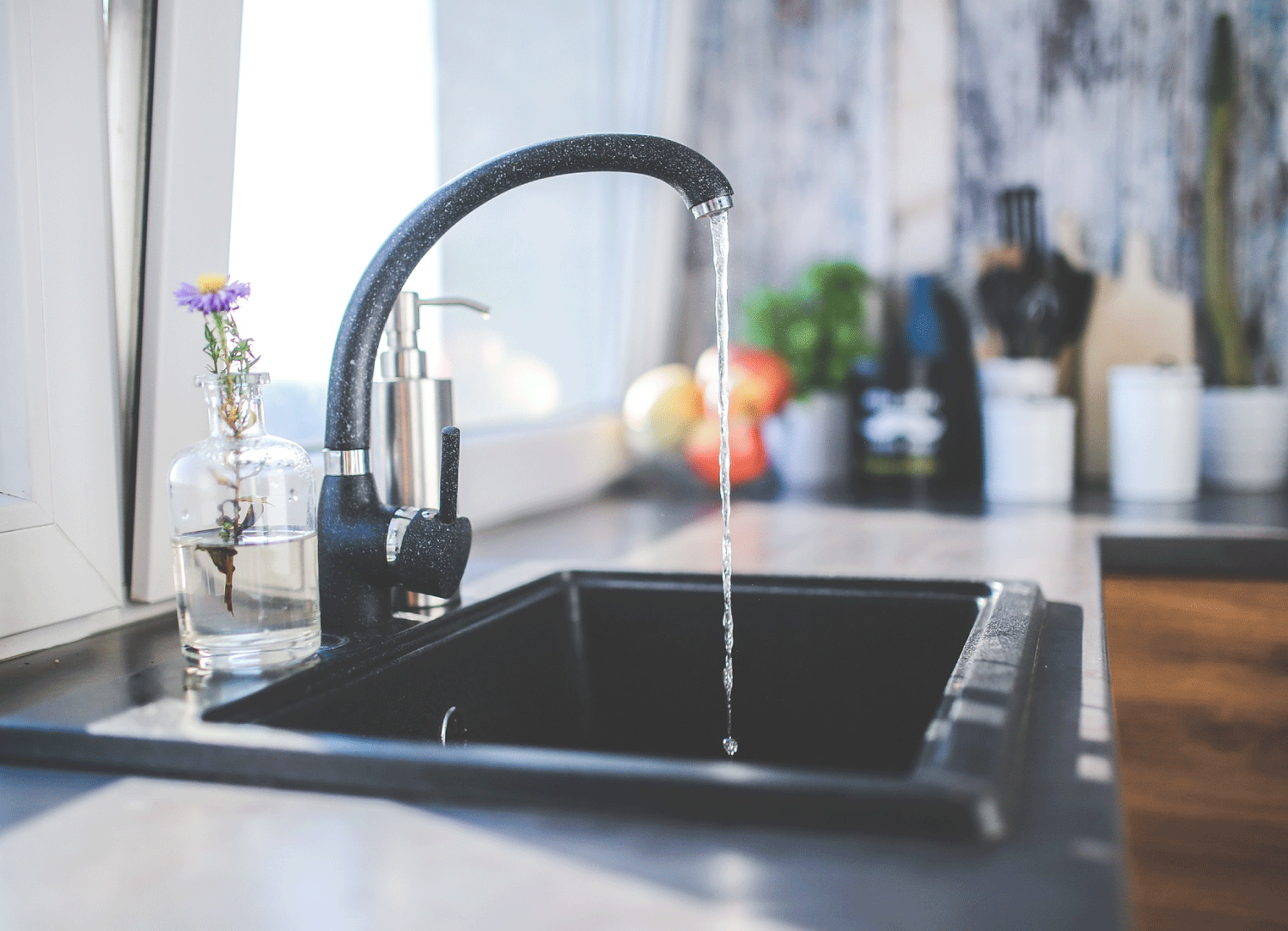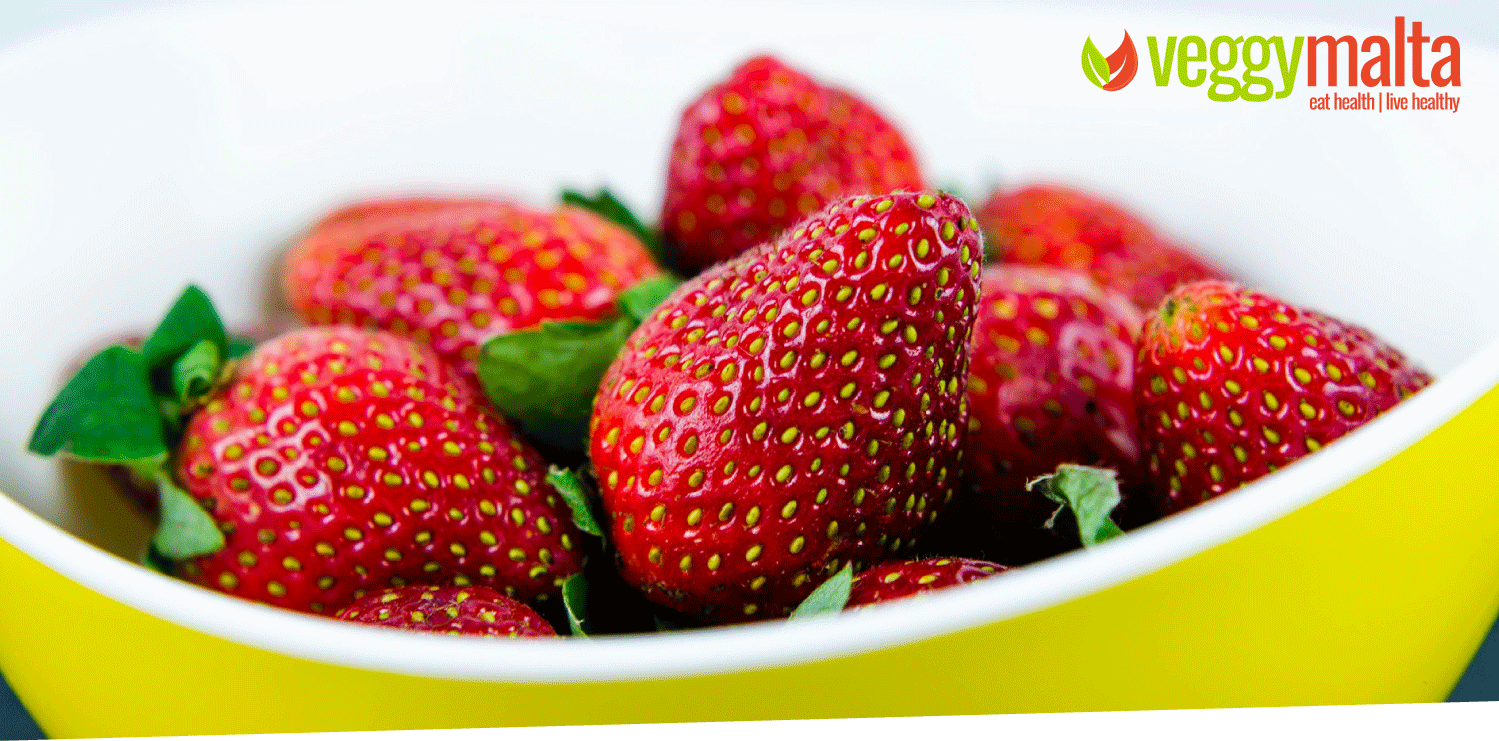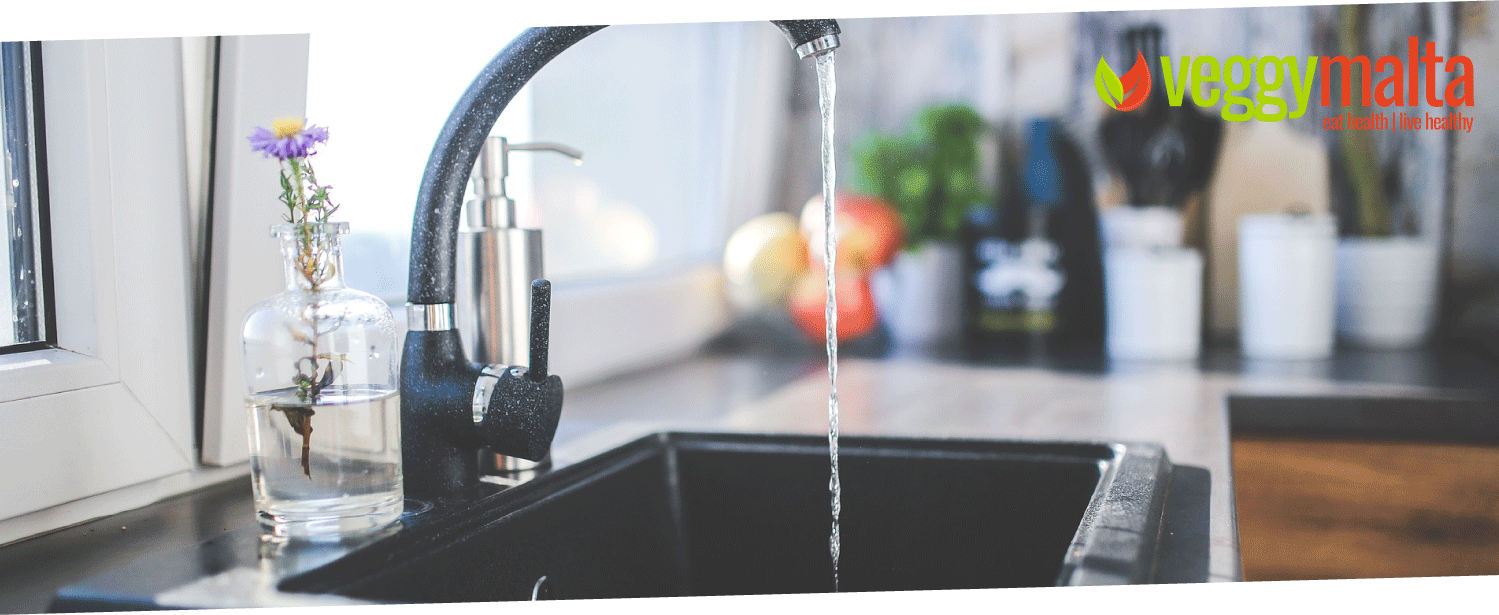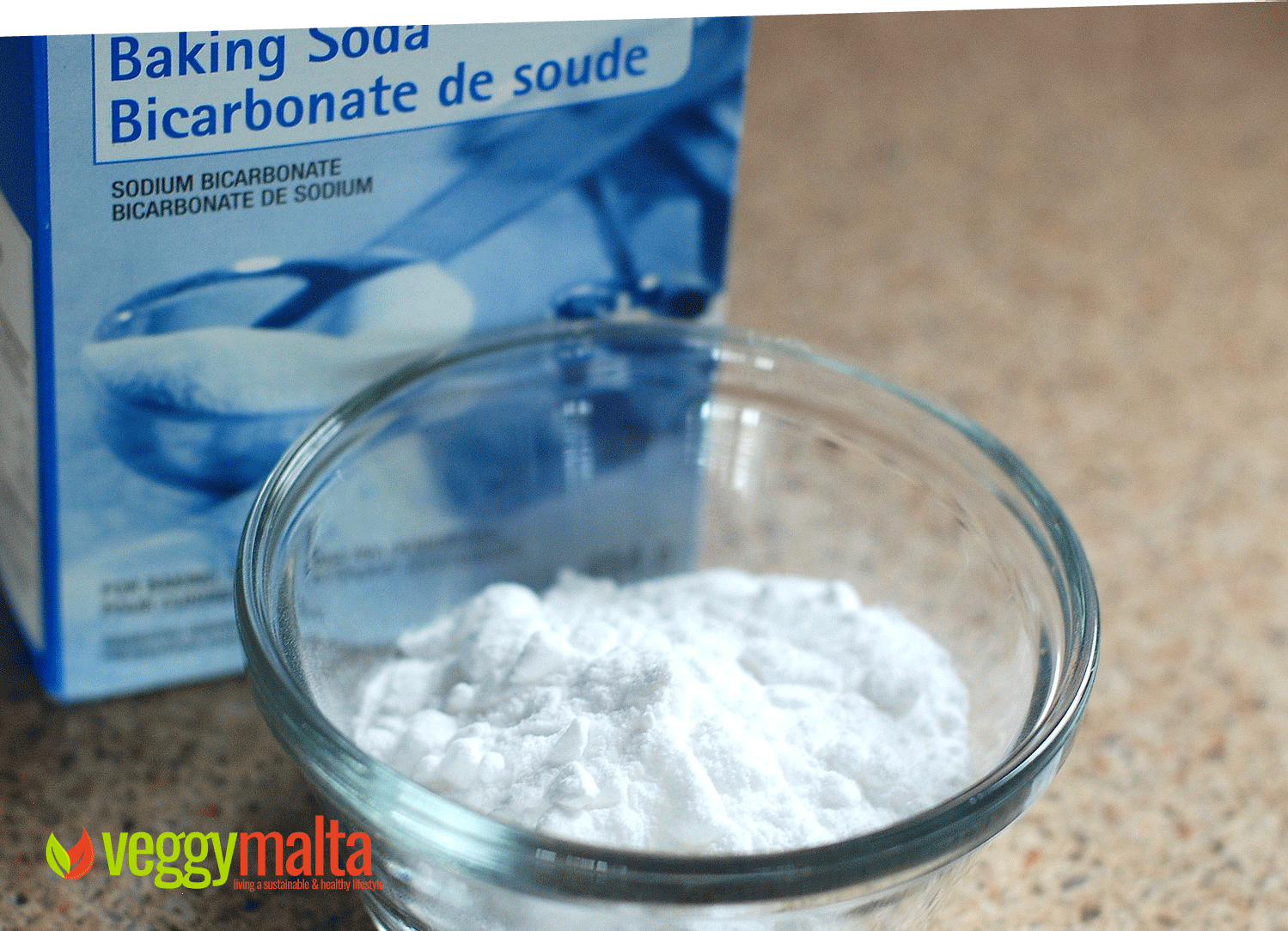Veggy Malta looks into the issue of pesticides on our fruit and vegetables. There is no doubt to the fact that we are supposed to eat more fruit and vegetables. The problem is that pesticides might be present in the fruits and vegetables we eat. That is because they are used during the cultivation of the crops. Unfortunately they also remain as resides outside and inside, depending on the type of pesticide used.
There is also a lot of research that links the exposure to pesticides with a number of chronic diseases. [1] A recent study in Sweden proved that the pesticides we eat are building up inside our bodies. The good thing is that with just a two week break from conventional (pesticide grown) food the urine levels of these chemicals nearly falls to zero. yet as the scientists themselves state, we still don’t know the long term effects of ingesting chemicals and the effect of a cocktail of chemicals on the body. [2]
So what can we do?
The first choice would be to buy organic. Interestingly, the Environment Working Group every year compiles a list of the most and least contaminated produce. They list what are called the Dirty Dozen and the Clean Fifteen. The Dirty Dozen are the most contaminated products in the US (best products to buy organic), whilst the Clean Fifteen are the least contaminated. [3]
The Dirty Dozen:
- Strawberries (always the winner)
- Spinach
- Nextarines
- Apples
- Grapes
- Peaches
- Cherries
- Pears
- Tomatoes
- Celery
- Potatoes
- Sweet bell peppers
The Clean Fifteen:
- Avocados
- Sweet corn
- Pineapples
- Cabbages
- Onions
- Sweet peas frozen
- Papayas
- Asparagus
- Mangoes
- Eggplants
- Honeydew melons
- Kiwis
- Cantaloupes
- Cauliflower
- Broccoli
Whilst the list can change from country to country, it does make one think, especially when one looks at how popular the produce in the Dirty Dozen are. So before you bite into that invitingly looking strawberry, think twice.
How to wash pesticides from produce
Most people wash the produce under cold running water. A study in the US states that just rinsing the product for at least 30 seconds under water is not enough to remove all types of pesticides. Furthermore it is the mechanical action of rubbing the produce under tap water which is likely responsible for removing pesticide residues. In other word the friction with the produce is what cleans and not just running water. They also add that mild detergents or fruit and vegetable washes do not enhance the removal of pesticide residues from produce above that of rinsing with tap water alone. [4]
There are a number of liquids that have shown to be more effective than plain water and already are in your kitchen. These are salt water, vinegar water and baking soda water.
Washing using baking soda is stated by some to be the most effective way of washing fruits and vegetables. In a recent study in the US on apples baking soda was used to remove up to 96% of the pesticides on the fruit. The study tried out three solutions being (a) tap water, (b) a bleach solution normally applied to food, and (c) 1% baking soda mixed with water. The results revealed that the baking soda was the most effective. After 12 to 15 minutes of gentle scrubbing, over 80% of the pesticides were removed. [5]
Another study found that washing the produce in a 10% salt water solution eliminated the residue of a some common pesticides just as effectively as using vinegar. [6] If you want to make a vinegar soak you will need to make a solution with 10% vinegar and 90% water. Soak your fruit and vegetables in this for 30 minutes plus before rinsing and scrubbing with cold water. [7]
Summing up
Eating lots of fruit and vegetables is one of the best things you can do for your health. You can choose organic products (with a growing choice of organic fresh produce) and you can also practice good food hygiene. Get into the routine of making your own baking soda solution and rinsing and rubbing the produce under running water.






2 comments
The washing process eliminates only those cemicals that are on the surface of the fruit and vegetables. Most pesticides are systemic!
Systemic pesticides are chemicals that are actually absorbed by a plant when applied to seeds, soil, or leaves. The chemicals then circulate through the plant’s tissues, killing the fungus and insects that feed on them. … Unlike with traditional insecticides, you can’t wash or peel off systemic pesticide residues.
Washing off such pesticides is just a waste of water, thus the most sensible solution is the buy only CERTIFIED organic produce. DO NOT accept personal guarantees from farmers and friends, these mean nothing. Only organic producers are inspected and tested twice a year. This is a requirement of the Organic Regulation.
Thanks John for the info